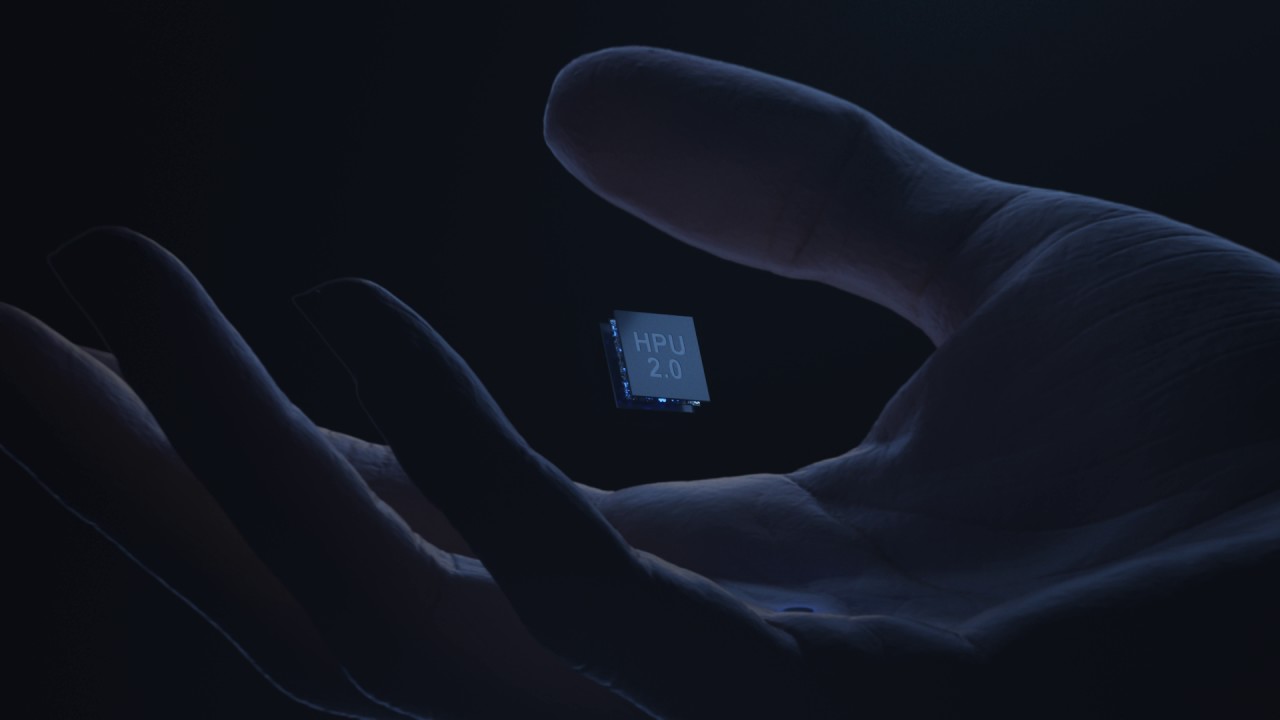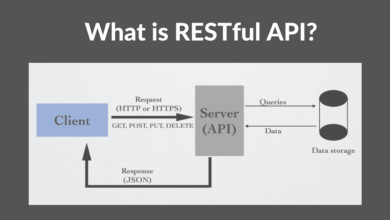Microsoft’s Second Generation HoloLens Incorporates Custom AI Coprocessor
Microsoft has recently announced that the second generation of its mixed reality HoloLens included an AI (Artificial Intelligence) chip. The second version of Microsoft HoloLens stands for “Holographic Processing Unit or HPU” will also include an AI coprocessor. Now, the HPU is under in development process.
What is HoloLens?
HoloLens comprises of custom multiprocessor called Holographic Processing Unit. It is only responsible for processing the information that comes from the on-broad sensors. It includes head-tracking cameras, Microsoft’s custom time-of flight depth sensor, IMU (inertial measurement unit, and the infrared camera. The holographic processing unit is a part, which makes HoloLens the world’s first and still only the fully independent holographic computer. It also has a deep learning accelerator.
Why is second generation HoloLens?
The company has revealed that it is preparing to equip the next version of its HoloLens VR headset with its own artificial intelligence processing capabilities to enable lots of services and features. The company also said that they are customizing the current processor within the headset along with an AI coprocessor. It allows HoloLens to analyze data and other information without any need to use the cloud. It means the next version system has faster processing times and much mobility for the device as it would not need to be online always.
The firm is designing the silicon itself, as it strongly believes, which is the only way to unlock future services and uses for both mixed reality and augmented reality. The CEO of the company gave many examples for future applications of AI that include industrial working scenarios. Two main advantages of a custom AI chip is faster processing and greater mobility. Artificial intelligence and mixed reality represent the future of computing.
The AI coprocessor is used to analyze the data make use of deep neural networks, and contemporary AI is one of the principal tools. Microsoft Company is not creating its own chips. Google also built its own AI processor to power boats and Apple secretly developing a dedicated chip for the iPhone. One of the other approaches to unlock the future potential is to make lightweight neutral networks that remove the strain from device processors as what Facebook and Google are doing so far.
Real world uses of Microsoft HoloLens:
Microsoft HoloLens produces an experience of augmented reality. It lets users to interact with virtual objects mixed with their own surroundings apart from the pure virtual space. It is one of the exciting pieces of technology, but it offers vast potential for real world use. Here are some of the examples of real-world applications of HoloLens.
Remote instruction
- 3D computer aided design
- Gaming
- Decorating
- Holographic attractions and entertainments
- Virtual reality user interfaces
- Head up GPS
Advantages of next generation HoloLens:
The next version HoloLens has many advantages because it is getting AI to run on devices such as Phones or AR
headsets directly. The firm says quicker performance is also one of them because devices do not need to upload data to remote servers. It makes the device more user-friendly because they do not need to maintain a continuous internet connection. Additionally, this kind of processing is more secure because user data never leave the device.





